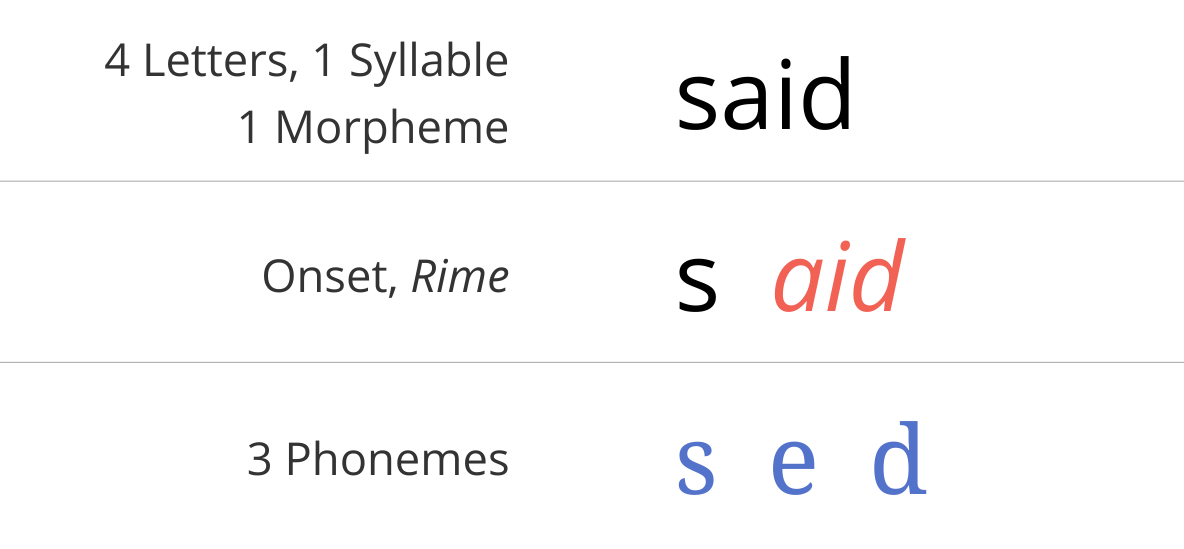Parshin Shojaee*†, Iman Mirzadeh*, Keivan Alizadeh, Maxwell Horton, Samy Bengio, Mehrdad Farajtabar
Recent generations of frontier language models have introduced Large Reasoning Models (LRMs) that generate detailed thinking processes before providing answers. While these models demonstrate improved performance on reasoning benchmarks, their fundamental capabilities, scal- ing properties, and limitations remain insufficiently understood. Current evaluations primarily fo- cus on established mathematical and coding benchmarks, emphasizing final answer accuracy. How- ever, this evaluation paradigm often suffers from data contamination and does not provide insights into the reasoning traces’ structure and quality. In this work, we systematically investigate these gaps with the help of controllable puzzle environments that allow precise manipulation of composi- tional complexity while maintaining consistent logical structures. This setup enables the analysis of not only final answers but also the internal reasoning traces, offering insights into how LRMs “think”. Through extensive experimentation across diverse puzzles, we show that frontier LRMs face a complete accuracy collapse beyond certain complexities. Moreover, they exhibit a counter- intuitive scaling limit: their reasoning effort increases with problem complexity up to a point, then declines despite having an adequate token budget. By comparing LRMs with their standard LLM counterparts under equivalent inference compute, we identify three performance regimes: (1) low- complexity tasks where standard models surprisingly outperform LRMs, (2) medium-complexity tasks where additional thinking in LRMs demonstrates advantage, and (3) high-complexity tasks where both models experience complete collapse.
——-
But anybody who thinks LLMs are a direct route to the sort AGI that could fundamentally transform society for the good is kidding themselves. This does not mean that the field of neural networks is dead, or that deep learning is dead. LLMs are just one form of deep learning, and maybe others — especially those that play nicer with symbols – will eventually thrive. Time will tell. But this particular approach has limits that are clearer by the day.
